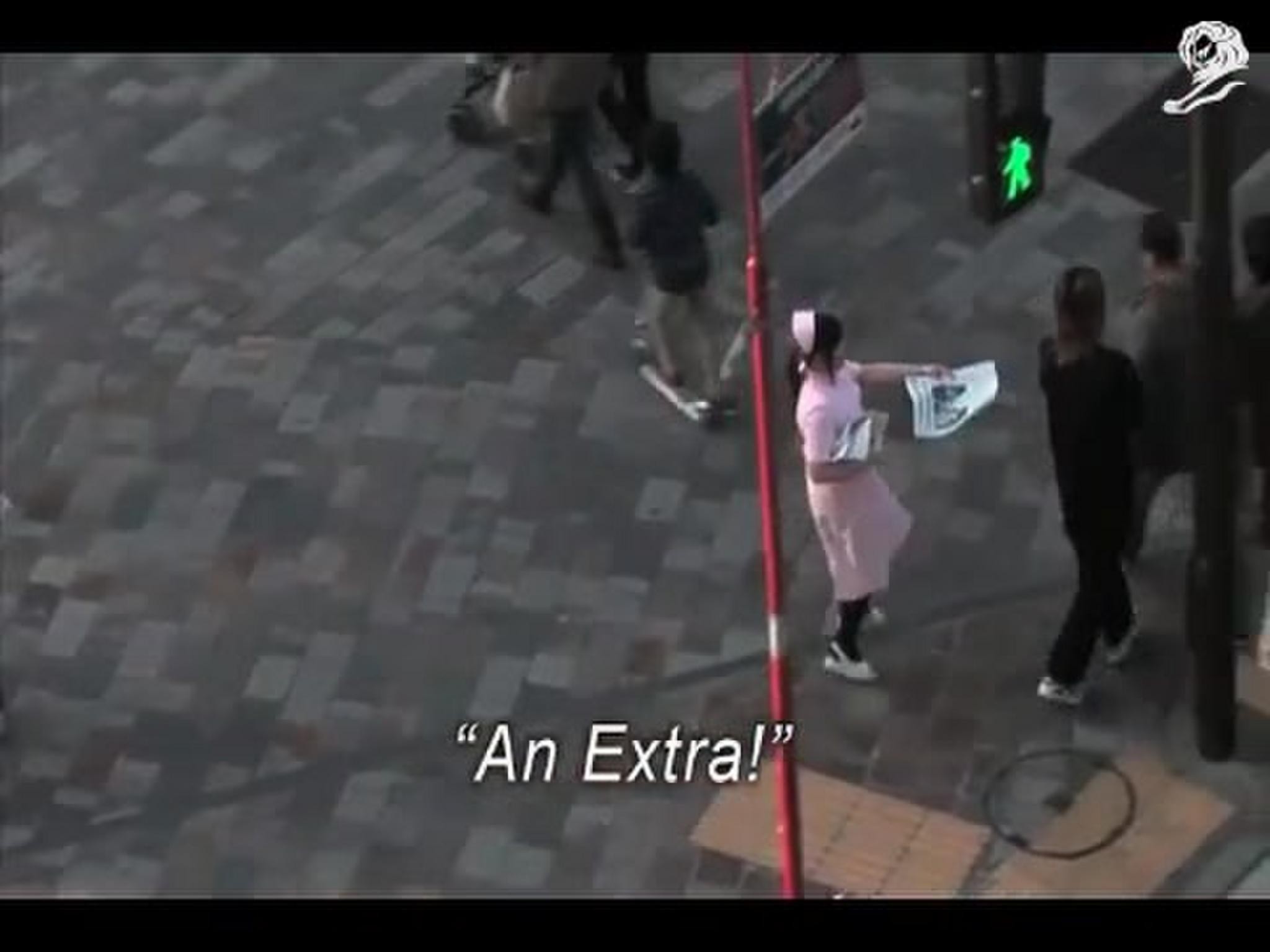Cannes Lions
MIDDLE SCHOOL STUDENT JOURNALISTS
DENTSU, Tokyo / THE IWATE NIPPO CO. / 2014
Overview
Entries
Credits
OVERVIEW
Description
This is a project of the 3 local newspaper companies (FUKUSHIMA MINPO; KAHIKU SHINPO; IWATE NIPPOU) that hit the Great East Japan Earthquake in 2011.3.11.
3 years after the earthquake, although the area still hasn't been restored at all, news and reports of the affected prefectures got less and less as if the Japanese people don’t care about the ruined areas anymore.
We wanted people to become more aware of the current state and what the victims are going through, also let people not forget the lesson acquired in this disaster.
The problem here to overcome was since we are a “local” newspaper, we could not publish the newspaper outside of our own prefectures. So we looked for middle school students who volunteer to visit these affected areas as a “journalist” from every prefecture in Japan. After their visit, the students made a presentation in the class and told their families and friends by making their experiences into an article.
Efforts made by the middle school students effectively moved the newspaper companies throughout Japan. In particular, the local newspaper of the student’s hometown picked up their every activity. In numbers, if the articles were published only within the closed 3 affected prefectures, the message will only reach 1.799% of the people. However, as a result of this project the message has reached up to 26.61% of the people.
Execution
Our project started from 21st April, 2013. Since then, we visited 9 affected cities every other month over 1 year period.
1. We gathered “middle school student journalist” from every prefecture in Japan.
2. Planned an “original study tour” on behalf of the affected cities. The students visited the quake stricken areas, met people who are putting enormous effort towards reconstruction, also had a discussion with the mayor, etc.
3. After their visit, the students made an article about their experience,
4. We transmitted the articles through the biggest news agency in Japan, “Kyodo tsushin”, and also reported the articles our official HP/Facebook.
5. Many newspaper companies showed interest in their hometown students’ visit to the affected areas. Their studies of the disaster, the future of reconstruction was taken as something worth sharing, so they adopted the article and posted on their newspapers.
Outcome
A. Message reach and article exposure
Since we are a “local newspaper”, we cannot publish newspapers outside our prefectures. If the articles were published only in 3 affected prefectures, the message would only reach 1.799% of the Japanese. However, the newspaper companies all over Japan focused on this project and posted our articles. As a result of this project, our message has reached up to 26.61% of the people.
B. Reaction from newspaper readers and people around the students
Many people who read the newspaper empathized with our project and asked to join our “original study tour”. In addition, the students made a presentation in the class, and told their families and friends voluntarily. Through the experiences of close friends, people around them became interested in the situation of the affected areas.
Similar Campaigns
11 items






